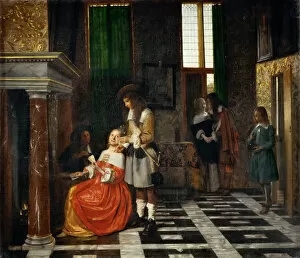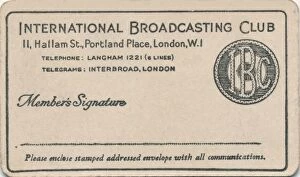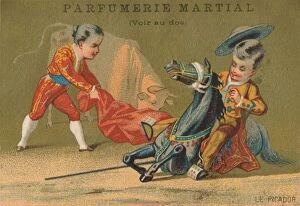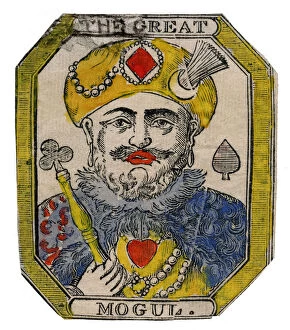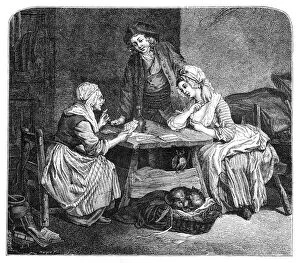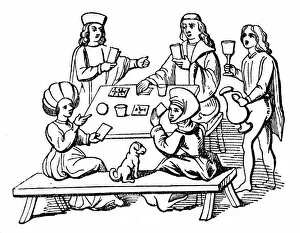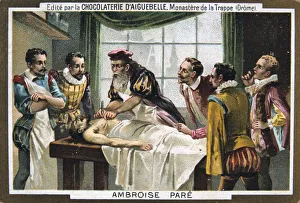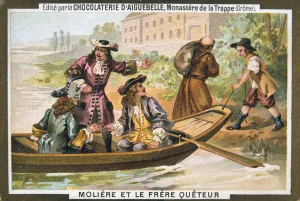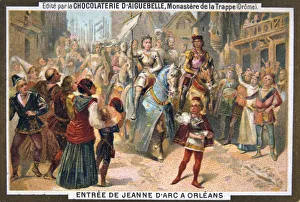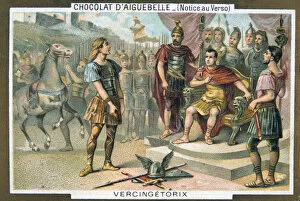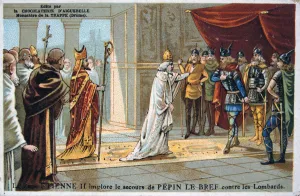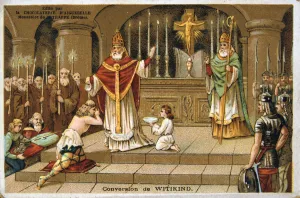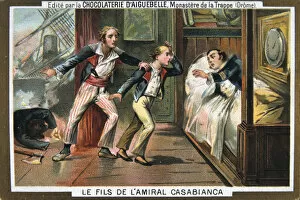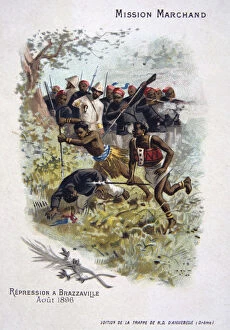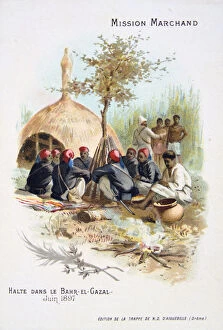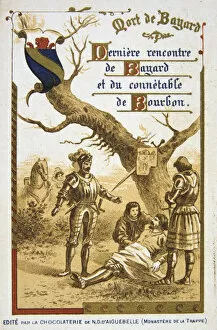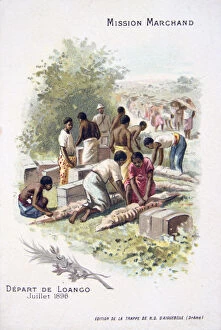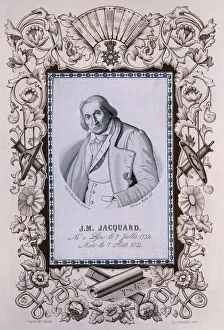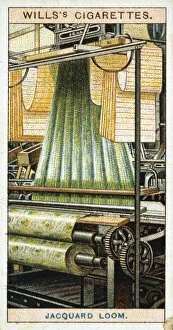Card Collection (page 19)
"Captivating Cards: A Kaleidoscope of Colors and Stories" From testing color blindness to depicting iconic figures
All Professionally Made to Order for Quick Shipping
"Captivating Cards: A Kaleidoscope of Colors and Stories" From testing color blindness to depicting iconic figures, cards have long been a fascinating medium that tells tales from various walks of life. Take the "Colour Blindness Test, " for instance, an intricate patterned card designed to assess one's perception of colors. It serves as a reminder of the diverse ways in which we experience the world around us. Travel back in time with a 1933 American baseball chewing gum card featuring none other than Babe Ruth himself. This collectible piece captures the essence of America's favorite pastime and its cultural significance during that era. Playing cards hold their own allure, as seen in a captivating image from circa 1915. Here, a cowboy and Native American man sit together on a blanket, symbolizing unity amidst diversity—a testament to the power of games bringing people together across different backgrounds. In 1843, John Calcott Horsley crafted the first Christmas card for Sir Henry Cole—an exquisite creation that set off our beloved tradition of exchanging heartfelt greetings during the holiday season. This humble beginning paved the way for countless expressions of love and joy shared through festive cards over centuries. Thanksgiving also found its place among these cherished traditions with an enchanting American Thanksgiving card dating back to around 1900. Its imagery evokes warmth and gratitude while reminding us to appreciate life's blessings. Nature enthusiasts will find solace in observing creatures like the Stripeless Tree Frog perched upon lichen-covered rocks in Extremadura, West Spain—a mesmerizing sight captured by Celia Haddon's lens. Such glimpses into wildlife remind us of nature's beauty and delicate balance. The opening ceremony invitation for Brooklyn Bridge holds historical significance—crafted by Tiffany & Co. , it represents human ingenuity triumphing over seemingly insurmountable challenges. This grand structure stands tall today as an emblematic icon connecting communities physically and metaphorically.

